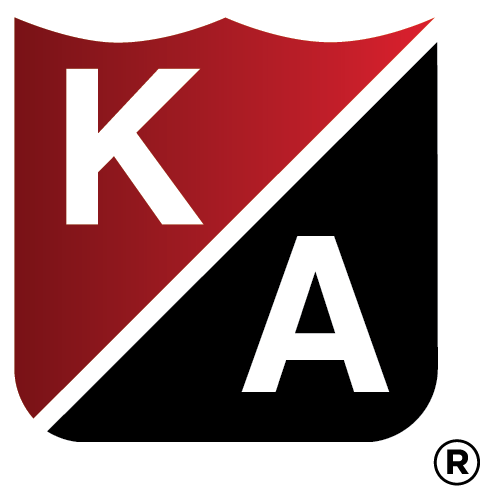Why do we need formal, standard processes and procedures? I know how to do my job. I get everything done. That new workflow just seems like a waste of time. Why do we have different policies, processes, and procedures anyway? What is the difference? Why is adoption of new process and procedure lower than you hoped or expected?
How often have you heard some of these objections from people in the organization when you have tried to implement or even discuss standardized or new processes. Have you found yourself saying some of these things yourself? It is far too easy to think this way. Of course, you know how to do what you do, but have you ever wondered if everyone in the company does what you do the same way. What is the risk to the company when everyone operates slightly differently? Do you know how your work connects to the work that others may need to do in the organization? Do you know what the purpose is of your steps? Do you know why you do it in the first place? What is the risk of not understanding why you do something?
Answering these questions can help manage new process and procedure and help employees adapt to changes that might be needed. Let’s start from the top and break down a few key messages.
Policies aim to explain why you might ask employees to do something. They explain the goals and expectations of the organization. Processes explain the end to end workflow needed to make certain that the policies are enforced. Process explains what needs to happen in a given workflow. Procedures are the discrete steps that an employee must follow to accomplish a specific task. These steps add up to completion of a workflow process. Let’s look at these in a simple airline example.
The airline has a policy that all passengers should be briefed on the safety measured on the aircraft prior to takeoff. The process is that after the door is closed, the flight attendant will provide the safety briefing before the pilot arrives at the active runway. The procedureincludes steps like taking the info card from the back pocket and displaying the oxygen mask.
Now, imagine that one of those pieces was missing. Without the policy, the flight attendants might not recognize the critical importance of doing the briefing or understand any repercussions from the organization for not doing it. Without the process, the flight attendant might think provide the briefing while already in the air. Without the procedure, the flight attendant might think it is okay to just read a statement rather than demonstrating the equipment.
Before implementing a change, take the time to develop discrete policies, processes, and procedures. These steps, along with clear and repetitive communication, will provide a great platform for operational success, effective change management, and reduced organizational risk.



